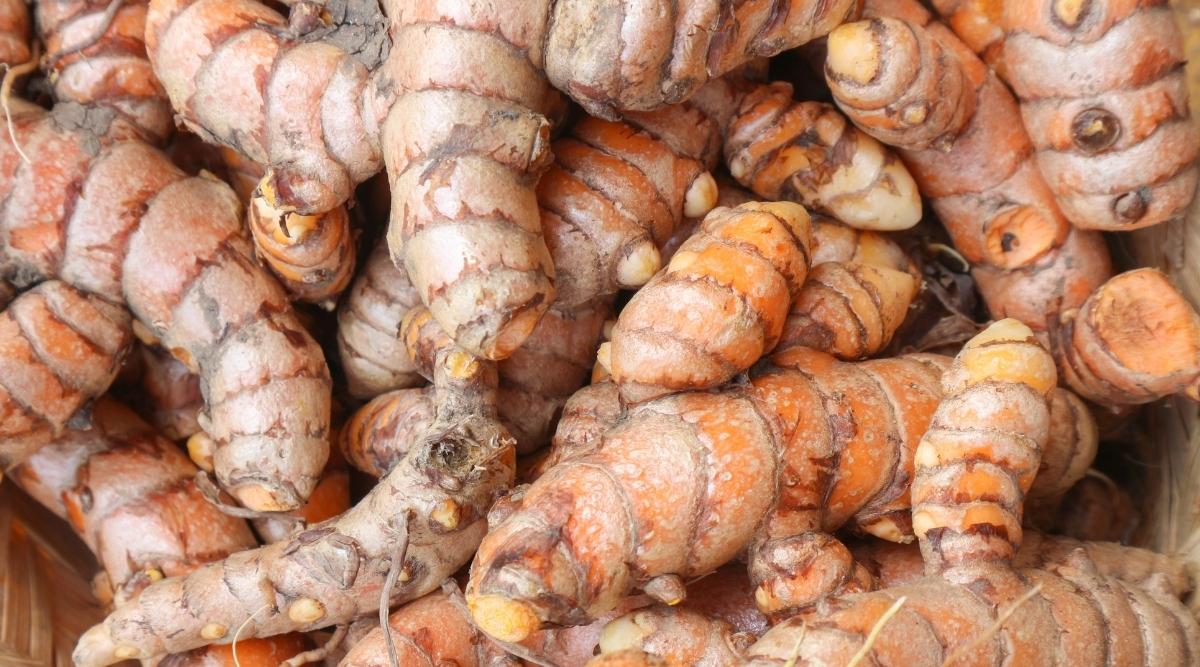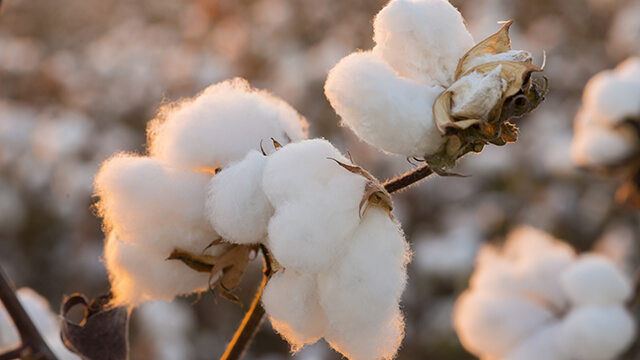With a severe deficiency of monsoon rainfall in the eastern regions hitting paddy sowing activities, the country’s rice production for the 2022-23 crop year (July-June) may turn out to be at least 10 million tonnes (MT) less than last year’s record level of 129 MT, according to trade sources. Paddy sowing has been adversely impacted in parts of Uttar Pradesh, West Bengal, Bihar, and Jharkhand.
There are worries about rice stocks with the Food Corporation of India (FCI) draining to a 10-year low level by April 2023 year, if the free ration scheme is extended to the second half of the financial year. The government may have to impose some curbs on rice exports through minimum export prices or an export tax if the scheme is extended.
Officials said that it’s too early to assess the impact of lower paddy sowing on overall rice production in the 2022-23 crop year. Around 80% of the country’s rice production is grown in the Kharif season while the rest is grown in the rabi season. The cumulative rainfall received from June 1- August 7 was 538 mm, which was 6% more than the benchmark of 509 mm for the same period.
However, according to the U.S department of agriculture, the rice outlook report for July has projected India’s rice production to a record 130.5 MT. India has exported more than 20 MT of rice worth a record $9.6 billion to more than 150 countries in 2021-22. It has been the world’s largest rice exporter of grain in the last decade and has a share of around 44% of global trade.

